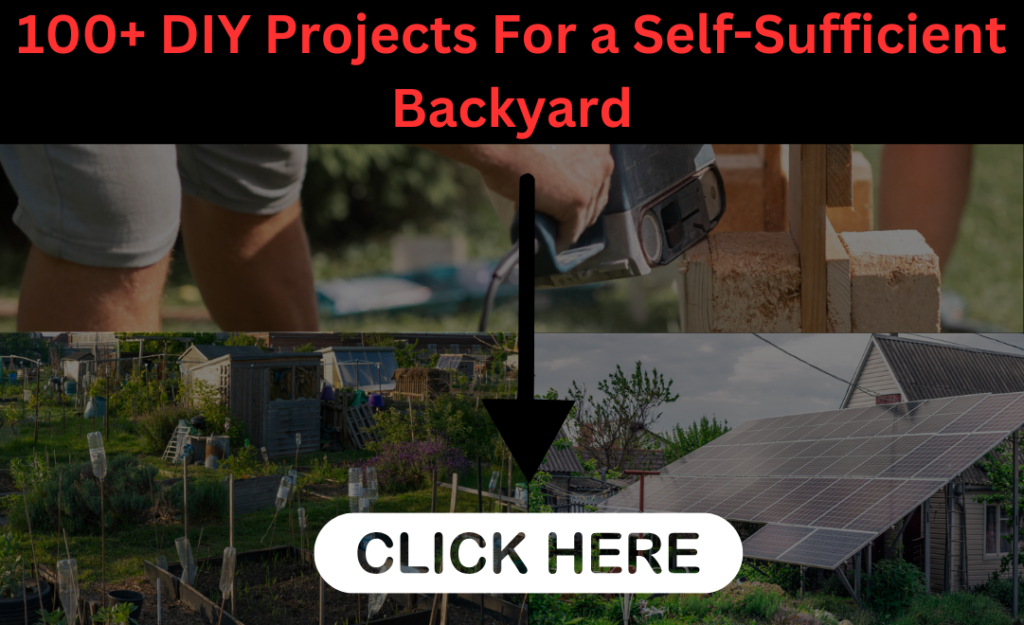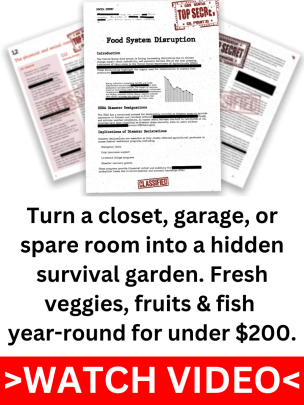For preppers, solar power has changed everything by providing a dependable and clean energy source in the event of a grid failure. It is extremely useful in emergency situations due to its dependability, sustainability, and independence from conventional power sources. Every prepper should become proficient with solar energy, regardless of whether they are preparing for a long-term survival situation, a natural disaster, or a blackout.
Gaining independence and being ready for any emergency are the goals of mastering solar power, which goes beyond simply having an energy source. You may use the sun’s energy to stay independent and prepared for anything that comes your way if you know what to do.
Building Your Own Solar Power Setup
The first step is to comprehend how a solar power system operates. Fundamentally, it consists of solar panels to collect sunlight, a charge controller to govern the flow of energy, a battery to store energy, and an inverter to transform that energy into a form that your devices can handle. Although solar panels vary widely in size and efficiency, even a tiny panel may power several necessary equipment.
A few essential equipment and parts are required to construct your solar setup. Simple tools like screwdrivers and wire cutters will work just well, as will connectors to firmly connect everything. A minimum of a 20-watt solar panel, a 12-volt lithium-ion battery, a charge controller, and perhaps an inverter if you’re using larger devices are required as materials. If you’re on a tight budget, go online for discounts or take into account reconditioned parts that work just as well.
There are two major types of solar panels: flexible and stiff. Flexible panels are light and portable, making them ideal for bug-out bags or short-term use. Rigid panels, on the other hand, are more robust and efficient, making them perfect for household setups or long-term use in a fixed place. If portability is your priority, choose flexible panels. Rigid panels are the best option for a strong system that remains put.
It’s easy to set up your system after you have your resources. First, place your panel where it will receive the most sunlight. Using the supplied cables, connect the solar panel to the charge controller, making sure the positive and negative terminals line up. The gathered energy will then be stored in your battery when you connect the charge controller to it. Add an inverter between the battery and your gadgets to transform the energy into a form that may be used if you intend to power larger items. To make sure everything is operating as it should, test your configuration by connecting a small device, such as a phone.
If you require more power, you can also scale your system. Energy collection can be increased by adding more panels, and storage capacity can be increased by connecting more batteries. One fellow prepper, for example, used his scaled-up setup to keep a small refrigerator, lantern, and communication radio operational for many days during a recent power outage. This demonstrates the practicality of a do-it-yourself solar system.
Hacks for Charging Devices with Minimal Sunlight
The most challenging times for solar power are overcast or dimly lit days. But with a few smart tricks, you can still keep your gadgets charged. Purchasing the appropriate solar panels is the first step. If you reside in a location that frequently has overcast weather, monocrystalline panels can be worth taking into consideration because they are more effective than polycrystalline ones in low light.
Properly placing your panels can also help. Even when the sun isn’t shining brightly, orienting your panels to the sun’s path across the sky can aid maximize light capture. Some preppers employ improvised reflectors, such as aluminum foil or mirrors, to direct more light onto their panels. This simple method can dramatically boost efficiency.
Reliable battery storage is another important consideration. By storing excess energy on sunny days, you’ll have a reserve supply to use when conditions are less favorable. A robust power bank or a well-maintained battery system ensures that your vital equipment, such as phones or torches, continues to function even during prolonged periods of cloudy weather.
Consider making portable reflectors that can be folded and stored conveniently in your prep kit. These reflectors can focus and amplify available light, ensuring that your panel performs as well as possible in low-light conditions. It’s a simple change to your setup that can significantly improve performance.
Maintaining Solar Gear for Long-Term Use
Maintaining the quality of your solar equipment is crucial for long-term dependability. Start by routinely cleaning your solar panels. They should be cleaned with a moist cloth every few weeks because dust, grime, and debris can obstruct sunlight and decrease performance. Steer clear of abrasive products or harsh chemicals that could scratch the surface.
Another crucial step is to shield your equipment from the weather. To survive high winds, panels should be firmly installed, and exposed wiring should be insulated to keep water damage at bay. To prevent freezing or overheating, batteries, especially lithium-ion ones, should be kept in a cold, dry location. Proper storage is essential since extreme temperatures can reduce a battery’s lifespan.
If your system isn’t functioning as it should, it’s usually easy to troubleshoot common problems. One common cause is loose connections, which are typically resolved by tightening wires. Check for dirt or debris obstructing sunlight or look for problems with the charge controller if your panel’s output is lower than intended. You can make sure your system continues to work for many years to come by mastering these fundamental maintenance techniques.
Creative Solar Power Hacks
Solar electricity can be used for more than just device charging. With a little imagination, you may use it in a variety of new ways to improve your preparation approach. One of the most useful tasks is creating a solar oven. Using items such as a cardboard box, aluminum foil, and glass, you may build a gadget that uses the sun’s radiation to cook or sterilize food. It’s a great addition to your emergency kit and a fun activity to do with your family.
Another great idea is to make solar-powered lamps. Attaching small solar panels to mason jars fitted with LED lights allows you to create portable lighting that charges during the day and illuminates for hours at night. These lanterns are ideal for camping vacations or as an emergency backup during power shortages.
Solar power is a dependable water purifying method. Designing a system that uses the sun’s heat to purify water ensures access to safe drinking water in any situation. More sophisticated preppers have even created solar-powered cooling systems or charging stations for several devices, demonstrating that the options are virtually limitless. The trick is to experiment and customize these projects to your requirements.
One of the most useful resources in a prepper’s toolbox is solar electricity. You can greatly increase your independence by knowing how to construct your system, adjust it for low light levels, maintain your equipment, and discover innovative applications. Begin modestly, test your system, and expand your configuration as necessary. Have any of these solar power tricks been tested by you? Let’s learn from each other’s inventiveness by exchanging experiences in the comments section.






















